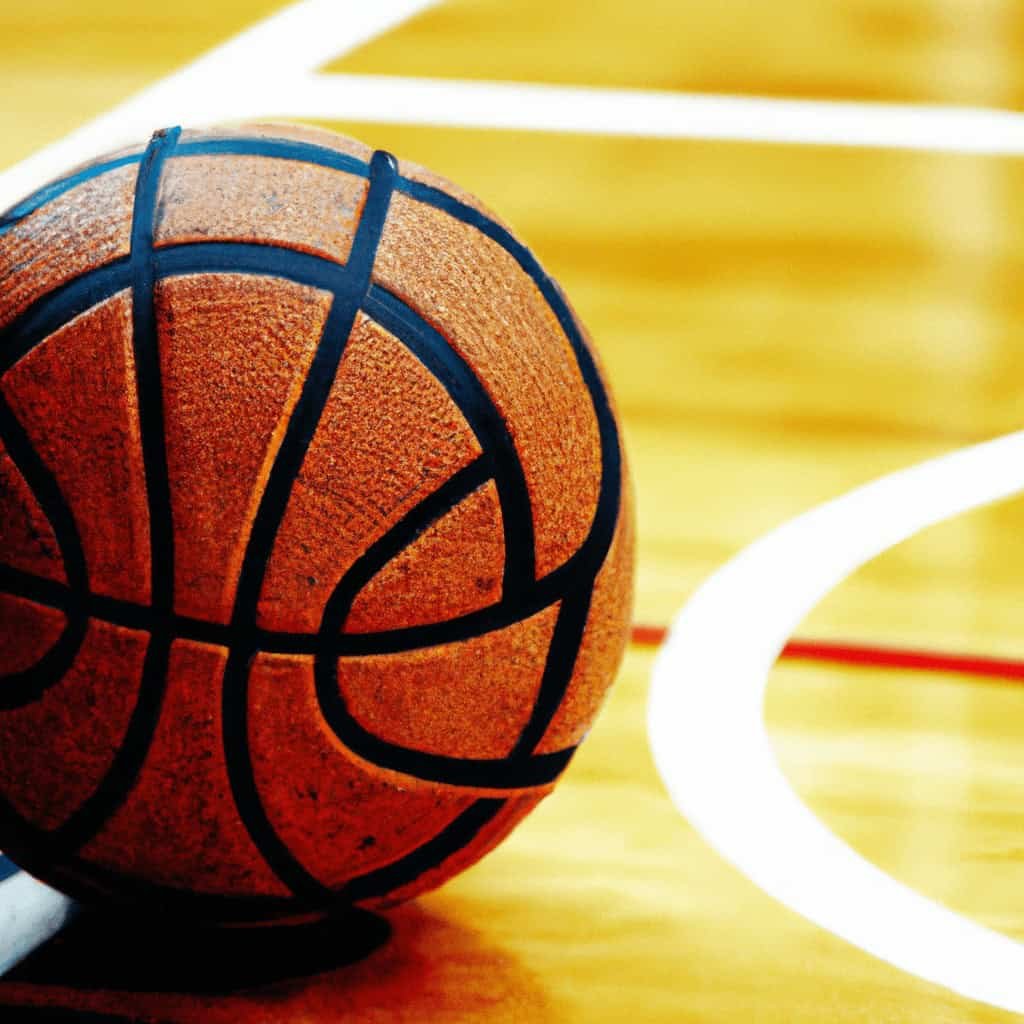When it comes to basketball, choosing the right ball can make a world of difference in your overall game performance. Whether you’re a professional athlete on the court or simply shooting hoops in your backyard, knowing the main types of basketballs used for different purposes is key. From indoor and outdoor variations to different sizes and textures, understanding these factors will not only enhance your playing experience but also help you make the most of your game. So, grab your sneakers, get ready to dribble, and let’s explore the fascinating world of basketballs!

Indoor Basketball
Indoor basketballs are specifically designed for playing basketball on indoor courts, such as those found in sports halls or gymnasiums. One of the key material differences in indoor basketballs is the use of synthetic leather or composite leather, which provides a smooth and grippy surface for enhanced control and handling. The design features of indoor basketballs often include a pebbled texture for better grip and control, as well as deep channels that help players maintain a firm grip on the ball. These basketballs are typically regulation size, with a circumference of 29.5 inches, and they weigh between 22 and 25 ounces.
Outdoor Basketball
In contrast to indoor basketballs, outdoor basketballs are designed to withstand the rough and abrasive surfaces of outdoor courts. They are constructed with a more durable rubber material that can withstand the wear and tear of concrete or asphalt courts. Outdoor basketballs often have a thicker rubber cover, providing better durability and resistance to scuffs and scratches. The design features of outdoor basketballs usually include wider and shallower channels, which help improve grip on rough surfaces. They are also slightly larger and heavier than indoor basketballs, with a circumference of 30 inches and a weight between 24 and 26 ounces.
Youth Basketball
Youth basketballs are specifically designed for younger players, usually up to the age of 12. These basketballs are smaller and lighter than standard adult basketballs, making them easier for young players to handle and control. They have a smaller circumference of 28.5 inches, which allows for better grip and handling for smaller hands. The weight of youth basketballs typically ranges between 18 and 20 ounces, providing a lighter feel for young players who may not have developed the strength and coordination of adult players. They are often made of rubber or synthetic leather, ensuring durability for younger players who may not be as gentle with the ball.
Training Basketball
Training basketballs are designed to help players improve their skills and become better at the game. These basketballs often have unique design features that aid in developing specific skills. For example, some training basketballs have added weights or ridges on the surface to improve shooting and dribbling techniques. Others may be designed with color panels or visual cues, allowing players to better track the rotation and spin of the ball. Training basketballs come in various sizes, depending on the specific skill or age group they are designed for, and the weight can also vary depending on the intended training goals.

Composite Leather Basketball
Composite leather basketballs are designed to provide the look and feel of genuine leather basketballs, while offering improved durability and performance. These basketballs are made from a combination of synthetic materials, such as polyurethane or microfiber, which mimic the texture and softness of genuine leather. Composite leather basketballs often feature advanced design features, such as deeper channels and a pebbled texture, for enhanced grip and control. They are typically regulation size, with a circumference of 29.5 inches, and they weigh between 22 and 25 ounces, similar to indoor basketballs.
Rubber Basketball
Rubber basketballs are the most common and affordable type of basketballs available. They are made entirely of rubber, which provides a durable and long-lasting construction. Rubber basketballs are suitable for both indoor and outdoor use, as they can withstand a variety of playing surfaces. The design features of rubber basketballs usually include wide, shallow channels and a textured surface for improved grip. They are regulation size, with a circumference of 29.5 inches, and weigh between 22 and 25 ounces, similar to indoor basketballs.

Synthetic Leather Basketball
Synthetic leather basketballs are a popular alternative to genuine leather basketballs. They are made from synthetic materials, such as polyurethane or composite leather, which provide a more affordable and durable option. Synthetic leather basketballs often feature a textured surface and deep channels for improved grip and control. They are regulation size, with a circumference of 29.5 inches, and weigh between 22 and 25 ounces, similar to indoor basketballs. These basketballs are versatile and suitable for both indoor and outdoor use.
Grip Basketball
Grip basketballs are specifically designed to provide players with enhanced grip and control. These basketballs often feature unique design features, such as an extra tacky or sticky surface, which allows players to maintain a firm hold on the ball even in high-intensity situations. Grip basketballs usually have deeper channels and a textured surface, providing added friction and improving the overall grip. They come in various sizes, including regulation size, and the weight can vary depending on the specific design and intended use.

Official Game Basketball
Official game basketballs are used in professional and collegiate basketball games. These basketballs must meet strict regulations set by organizations such as FIBA (International Basketball Federation) and the NBA (National Basketball Association). Official game basketballs are often made of genuine leather, providing the highest quality and performance. They feature advanced design features, including deep channels and a pebbled texture, for optimal grip and control. Official game basketballs are regulation size, with a circumference of 29.5 inches, and weigh between 22 and 25 ounces.
Conclusion
In conclusion, there are various types of basketballs available to suit different purposes and playing environments. Indoor basketballs are designed for use on indoor courts and provide improved grip and control with their synthetic leather or composite leather construction. Outdoor basketballs are more durable to withstand rough surfaces and are typically made of rubber. Youth basketballs are smaller and lighter, tailored for younger players. Training basketballs have unique design features to enhance specific skills. Composite leather, rubber, and synthetic leather basketballs offer different material options. Grip basketballs provide enhanced grip and control, while official game basketballs meet strict regulations for professional play. Choosing the right type of basketball based on the intended use and playing environment is crucial to ensure an enjoyable and optimal playing experience.


